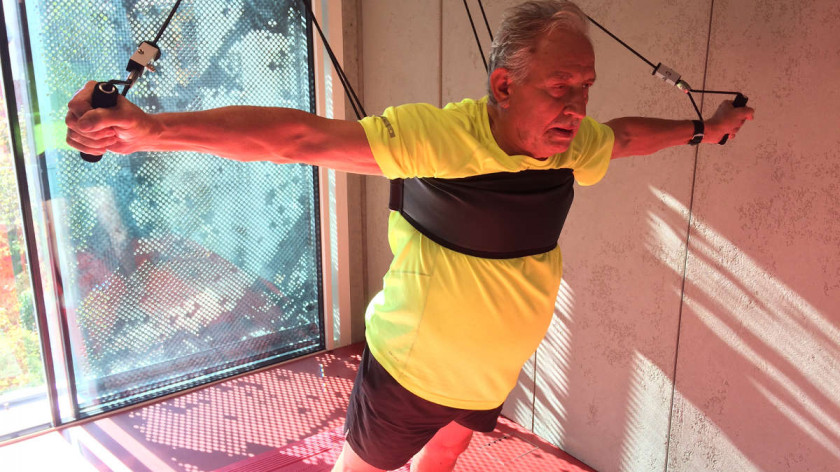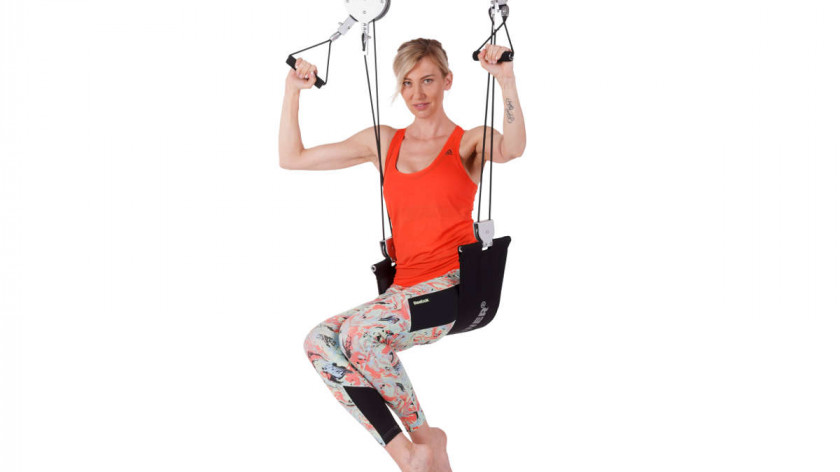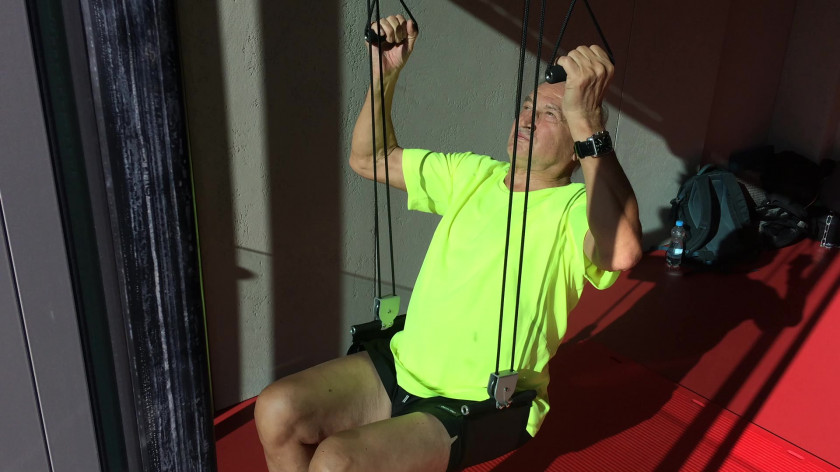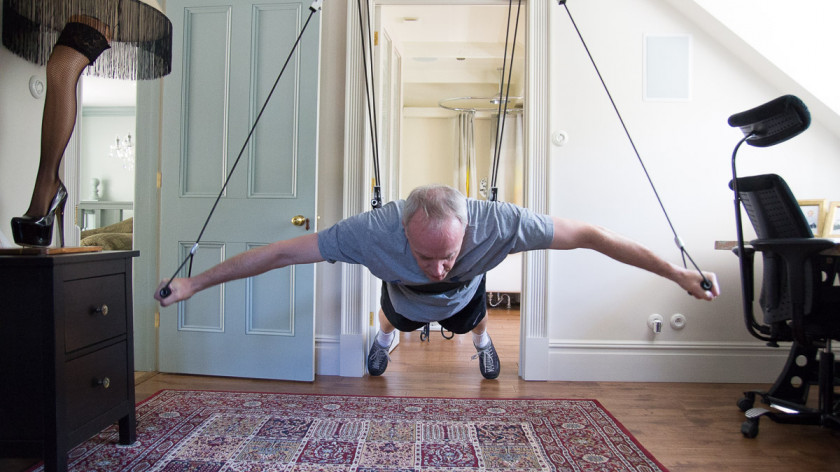Holistic Strategies for Osteoporosis Prevention and Management: The Crucial Role of Exercise
Osteoporosis, a condition characterized by diminished bone density and increased fragility, demands a comprehensive approach to prevention and management. This guide explores the pivotal role of exercise in promoting bone health, from understanding its impact on bone structure to practical exercise regimens tailored for individuals of all ages.
The Bone-Boosting Power of Exercise
1.1 Mechanisms of Action:
- Delve into how weight-bearing and resistance exercises stimulate bone formation and enhance bone density.
- Explore the role of exercise in improving bone microarchitecture and resilience.
1.2 Hormonal Influences:
- Discuss the hormonal responses triggered by exercise, including the release of growth hormone and the positive impact on bone health.
- Explore how exercise can mitigate the effects of hormonal changes, especially in postmenopausal women.
Tailoring Exercise for Different Life Stages
2.1 Childhood and Adolescence:
- Emphasize the importance of physical activity during growth phases for optimal bone development.
- Discuss age-appropriate exercises and activities that promote bone strength in youth.
2.2 Adulthood and Middle Age:
- Highlight the role of exercise in maintaining bone density and preventing age-related bone loss.
- Present a range of exercises suitable for adults, including weight-bearing and resistance training.
2.3 Senior Years:
- Explore exercise strategies for seniors to enhance balance, stability, and overall bone health.
- Discuss the importance of adapting exercise routines to accommodate age-related changes in mobility and flexibility.
Customizing Exercise Programs for Osteoporosis Prevention
3.1 Weight-Bearing Exercises:
- Provide a comprehensive list of weight-bearing activities, such as walking, running, and dancing, that stimulate bone formation.
- Discuss the frequency and duration required for optimal bone health benefits.
3.2 Resistance Training:
- Explore the benefits of resistance exercises, including weight lifting and bodyweight exercises, in promoting bone strength.
- Offer guidance on progressively increasing resistance for ongoing bone health maintenance.
3.3 Flexibility and Balance Workouts:
- Emphasize the significance of flexibility exercises in preventing falls and fractures.
- Introduce balance-enhancing activities and their role in overall bone health.
Exercise as a Complementary Treatment for Osteoporosis
4.1 Incorporating Exercise into Treatment Plans:
- Discuss the synergistic effects of exercise with pharmacological interventions.
- Highlight how exercise can enhance the effectiveness of osteoporosis medications.
4.2 Post-Fracture Rehabilitation:
- Explore rehabilitative exercises for individuals recovering from osteoporotic fractures.
- Discuss the role of exercise in rebuilding bone strength and preventing future fractures.
Overcoming Barriers to Exercise Adherence
5.1 Educational Initiatives:
- Advocate for increased awareness about the benefits of exercise in osteoporosis prevention.
- Discuss the role of healthcare providers in educating patients about suitable exercise regimens.
5.2 Adapting Exercise Programs:
- Address common concerns and misconceptions that may deter individuals from exercising.
- Provide guidelines for adapting exercises to accommodate physical limitations and medical conditions.
Exercising with your own body weight is a great way to actively contribute to the prevention of osteoporosis from the comfort of your home. Remember that before starting a new exercise regimen, it is always advisable to consult with a doctor, especially if you already suffer from osteoporosis or other health issues. With regular exercise and a healthy lifestyle, we can strengthen our bones and support overall health. In advanced age, some bodyweight exercises may be challenging for individuals; therefore, it is suitable to begin using XUpTrainer, which facilitates each movement, and the exercises are smooth and gentle on the joints.




